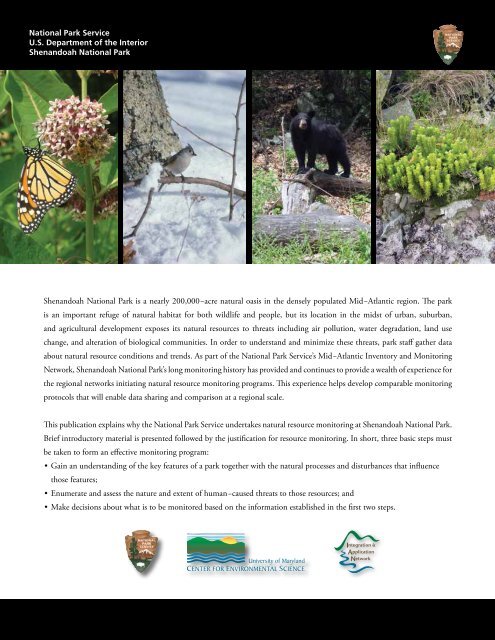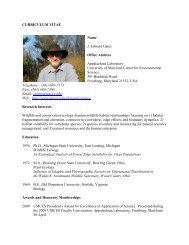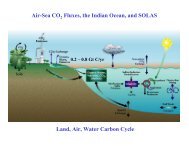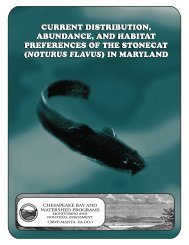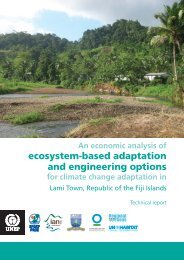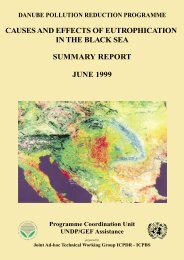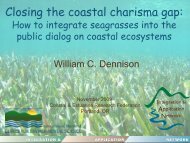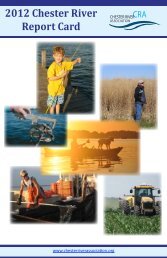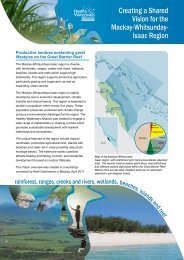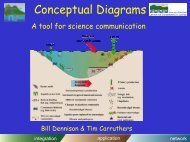Shenandoah National Park - Integration and Application Network
Shenandoah National Park - Integration and Application Network
Shenandoah National Park - Integration and Application Network
- No tags were found...
Create successful ePaper yourself
Turn your PDF publications into a flip-book with our unique Google optimized e-Paper software.
<strong>National</strong> <strong>Park</strong> ServiceU.S. Department of the Interior<strong>Shen<strong>and</strong>oah</strong> <strong>National</strong> <strong>Park</strong><strong>Shen<strong>and</strong>oah</strong> <strong>National</strong> <strong>Park</strong> is a nearly 200,000−acre natural oasis in the densely populated Mid−Atlantic region. The parkis an important refuge of natural habitat for both wildlife <strong>and</strong> people, but its location in the midst of urban, suburban,<strong>and</strong> agricultural development exposes its natural resources to threats including air pollution, water degradation, l<strong>and</strong> usechange, <strong>and</strong> alteration of biological communities. In order to underst<strong>and</strong> <strong>and</strong> minimize these threats, park staff gather dataabout natural resource conditions <strong>and</strong> trends. As part of the <strong>National</strong> <strong>Park</strong> Service’s Mid−Atlantic Inventory <strong>and</strong> Monitoring<strong>Network</strong>, <strong>Shen<strong>and</strong>oah</strong> <strong>National</strong> <strong>Park</strong>’s long monitoring history has provided <strong>and</strong> continues to provide a wealth of experience forthe regional networks initiating natural resource monitoring programs. This experience helps develop comparable monitoringprotocols that will enable data sharing <strong>and</strong> comparison at a regional scale.This publication explains why the <strong>National</strong> <strong>Park</strong> Service undertakes natural resource monitoring at <strong>Shen<strong>and</strong>oah</strong> <strong>National</strong> <strong>Park</strong>.Brief introductory material is presented followed by the justification for resource monitoring. In short, three basic steps mustbe taken to form an effective monitoring program:• Gain an underst<strong>and</strong>ing of the key features of a park together with the natural processes <strong>and</strong> disturbances that influencethose features;• Enumerate <strong>and</strong> assess the nature <strong>and</strong> extent of human−caused threats to those resources; <strong>and</strong>• Make decisions about what is to be monitored based on the information established in the first two steps.


